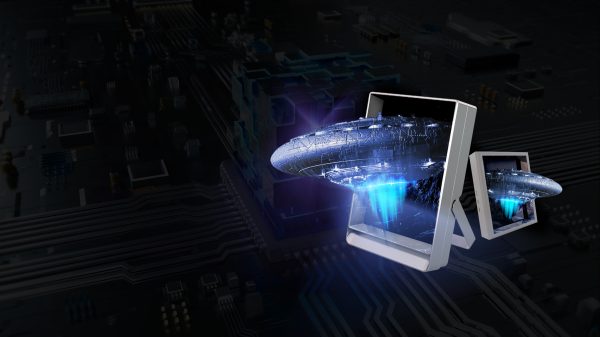In today’s era of rapid technological development, the term “metaverse” frequently appears in various media and discussions, becoming a hot topic. However, although we often hear this term, many people may still be confused about the concept of the metaverse. So, what exactly is the metaverse? How will it affect our lives and future? This article will delve into the meaning, characteristics, and possible changes of the metaverse.
1. Definition of Metaverse
Metaverse is a word composed of “Meta” (transcendence) and “Universe” (universe), which first appeared in Neal Stephenson’s science fiction novel “Snow Crash” in 1992. In the novel, the metaverse is described as a virtual, parallel digital world to the real world, where people can enter this world through virtual reality (VR) and augmented reality (AR) devices and interact with virtual images (Avatar).

From a technical point of view, the metaverse is a virtual space that integrates a variety of advanced technologies, including virtual reality (VR), augmented reality (AR), artificial intelligence (AI), blockchain, cloud computing, etc. It is not just a simple virtual world, but a highly immersive and interactive digital ecosystem in which users can engage in a variety of activities such as socializing, entertainment, work, and learning.
2. Core features of the metaverse
The metaverse has multiple core features, which together constitute the basic framework of the metaverse.
- Immersion: The metaverse provides users with a highly immersive experience through VR and AR technology. Users can experience the environment and scenes in the virtual world as if they were in a brand new world. This sense of immersion is not only reflected in vision and hearing, but may also be further enhanced by multi-sensory stimulation such as touch and smell.
- Interactivity: The metaverse emphasizes interactivity between users. Users can communicate, collaborate, or compete with others in real time in virtual spaces. This interactivity is not limited to people, but also includes interactions between people and virtual characters and virtual environments. For example, in a virtual conference room, users can communicate face-to-face through virtual images, and can even operate virtual tools together to complete tasks.
- Durability: The Metaverse is a persistent virtual space that will not stop running because the user exits. Even if there are no users online, events and processes in the virtual world will continue to develop. This continuity gives the metaverse a time and space continuity similar to the real world, providing users with a more stable and coherent experience.
- Economic System: The metaverse has its own economic system in which users can trade, create and consume. Concepts such as virtual currency and digital assets are widely used in the metaverse. For example, users can buy virtual land, virtual items in the virtual world, and even earn income through their own creations. This economic system not only provides users with new economic opportunities, but also provides impetus for the development of the metaverse.
- Sociality: Sociality is an important part of the metaverse. Users can make friends, build communities, and participate in social activities in the virtual space. This sociality not only enriches the lives of users, but also provides a foundation for the ecological development of the metaverse. For example, virtual social platforms allow users from all over the world to communicate and interact, forming a global social network.
- Openness: The metaverse is an open platform that allows users to create and explore freely. Users can create their own content in the virtual world, such as virtual buildings, virtual characters, etc., according to their own ideas and needs. This openness not only inspires users’ creativity, but also provides possibilities for the diversified development of the Metaverse. For example, some Metaverse platforms allow users to create their own games or applications using simple programming tools.
- Virtual-Real Integration: The Metaverse emphasizes virtual-real integration, closely connecting the virtual world with the real world. Through augmented reality (AR) technology, users can overlay virtual information in real scenes to achieve virtual-real interaction. For example, in smart navigation, users can see virtual navigation arrows through their mobile phones to help them find their destination better. This virtual-real integration not only expands users’ perception of the world, but also provides a broader space for the application of the Metaverse.
- Diversity: The Metaverse has extremely high diversity, covering a variety of different scenarios and applications. From virtual games to virtual education, from virtual social networking to virtual office, the Metaverse can meet the diverse needs of users in different fields. For example, in virtual education, students can conduct experimental operations through virtual laboratories to obtain a more intuitive learning experience.
- Security: Security is the basic guarantee for the development of the Metaverse. In the virtual world, user privacy and data security are crucial. The Metaverse platform needs to take effective security measures to protect users’ personal information and digital assets. At the same time, the Metaverse also needs to establish corresponding laws, regulations, and ethical norms to ensure that users’ behavior in the virtual world complies with social norms.
Conclusion
The Metaverse is a virtual world full of infinite possibilities. It integrates a variety of advanced technologies to provide users with a highly immersive and interactive experience. With the continuous advancement of technology, the Metaverse will gradually become an indispensable part of our lives, bringing more convenience and innovation to our lives and work.





